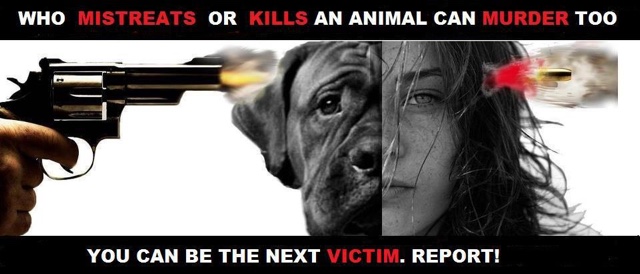A new law in Michigan will prohibit local governments from banning, regulating or imposing fees on the use of plastic bags and other containers. You read that correctly: It’s not a ban on plastic bags — it’s a ban on banning plastic bags.
Michigan Lt. Gov. Brian Calley signed the new public act into law on Wednesday, along with 11 other bills. Gov. Rick Snyder is currently on vacation out of state, local news sources reported, and Calley has the authority to sign bills into law in his absence.
The new public act prohibits local ordinances from “regulating the use, disposition, or sale of, prohibiting or restricting, or imposing any fee, charge, or tax on certain containers,” including plastic bags, as well as cups, bottles and other forms of packaging. This means individual cities and municipalities are not allowed to ban plastic bags or charge customers a fee for using them.
Bans and restrictions on the use of plastic bags are widespread in other parts of the country and around the world. The rationale is simple: Plastic bags are infamous non-biodegradable sources of pollution — although they will eventually break down into tiny pieces, scientists believe this process can take hundreds of years, or even up to a century, in landfills.
Many scientists are growing particularly concerned about plastic pollution in the oceans. Research suggests that 5 million to 12 million metric tons of plastic may have been dumped into the ocean in 2010 alone. There, the waste is frequently eaten by seabirds and other marine animals — or it breaks down into tiny pieces known as microplastics, which scientists believe can be harmful or even toxic to sea creatures who ingest it.
Bangladesh was the first country in the world to ban certain types of thin plastic bags in 2002, after they were found to have choked the nation’s drainage systems during a series of devastating floods. China instituted a similar ban in 2008 , and also prohibits businesses from giving out thicker plastic bags to customers for free. Other nations, including South Africa and Italy, have also enacted similar restrictions.
San Francisco became the first U.S. municipality to institute a plastic bag ban. And in 2014, California became the first state. Many other municipalities around the country have bans or fees in place, including Austin, Texas; Seattle and Chicago, which will be repealing its citywide ban in favor of a 7-cent tax next month.
On the other hand, Michigan is not the only state to have implemented a ban on bans. Idaho, Arizona and Missouri all have enacted similar laws. In these cases, proponents of the laws have defended them as a way of protecting businesses from having to comply with additional regulations.
The new Michigan law was met with praise from the Michigan Restaurant Association for this reason.
“With many of our members owning and operating locations across the state, preventing a patchwork approach of additional regulations is imperative to avoid added complexities as it related to day-to-day business operations,” said Robert O’Meara, the association’s vice president of government affairs, in a statement.











































